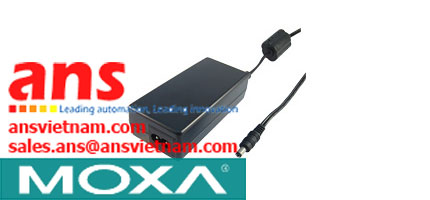
Carriage-to-Carriage AWK-3131-M12-RCC Series Moxa vietnam
Xuất sứ: Moxa VietNam
Nhà cung cấp: Moxa VietNam ANS VietNam
Hãng sản xuất: Moxa
Carriage-to-Carriage AWK-3131-M12-RCC Series Moxa vietnam
Features and Benefits .jpg)
- Designed specifically for rail carriage-to-carriage communication
- IEEE 802.11a/b/g/n compliant
- Up to 300 Mbps data rate
- M12 anti-vibration connectors
- MIMO technology increases data throughput and range
- Complies with a portion of EN 50155 specifications
- -40 to 75°C operating temperature range (T models)
Introduction
The AWK-3131-M12-RCC series industrial 802.11n wireless AP/bridge/client is an ideal wireless solution for applications such as onboard passenger infotainment systems and inter-carriage wireless backbone networks. The AWK-3131-M12-RCC series provides a faster data rate than the 802.11g model and is ideal for a great variety of wireless configurations and applications. The auto carriage connection (ACC) feature provides simple deployment and increases the reliability of wireless carriage backbone networks. The AWK-3131-M12-RCC series is also optimized for passenger Wi-Fi services and compliant with essential sections of EN 50155, covering operating temperature, power input voltage, surge, ESD, and vibration. The AWK-3131-M12-RCC series can also be powered via PoE for easier deployment.
.png) Improved Higher Data Rate and Bandwidth
Improved Higher Data Rate and Bandwidth
- High-speed wireless connectivity with up to 300 Mbps data rate
- MIMO technology to improve the capability of transmitting and receiving multiple data streams
- Increased channel width with channel bonding technology
.jpg) Specifications for Industrial-grade Applications
Specifications for Industrial-grade Applications
- Industrial-grade QoS and VLAN for efficient data traffic management
- Integrated DI/DO for on-site monitoring and warnings
-
Signal strength LEDs for easy deployment and antenna alignment
 Video-over-Wireless Application Guidebook
Video-over-Wireless Application Guidebook 
Wireless networks are easier to deploy than wired networks, but they can only be used for demanding industrial applications if they meet high reliability and bandwidth requirements. Today, however, wireless technologies are now mature enough to support critical industrial systems and intense applications such as video-over-wireless.This guidebook provide greater insight into the benefits Moxa can offer customers who would like to implement seamless video transmission over high bandwidth wireless networks.
| • WLAN Interface | |
| Standards | IEEE 802.11a/b/g/n for Wireless LAN IEEE 802.11i for Wireless Security IEEE 802.3 for 10BaseT IEEE 802.3u for 100BaseT(X) IEEE 802.3ab for 1000BaseT IEEE 802.3af for Power-over-Ethernet IEEE 802.1D for Spanning Tree Protocol IEEE 802.1w for Rapid STP IEEE 802.1Q for VLAN |
| Spread Spectrum and Modulation (typical) | • DSSS with DBPSK, DQPSK, CCK • OFDM with BPSK, QPSK, 16QAM, 64QAM • 802.11b: CCK @ 11/5.5 Mbps, DQPSK @ 2 Mbps, DBPSK @ 1 Mbps • 802.11a/g: 64QAM @ 54/48 Mbps, 16QAM @ 36/24 Mbps, QPSK @ 18/12 Mbps, BPSK @ 9/6 Mbps • 802.11n: 64QAM @ 300 Mbps to BPSK @ 6.5 Mbps (multiple rates supported) |
| Operating Channels (central frequency) | US: 2.412 to 2.462 GHz (11 channels) 5.18 to 5.24 GHz (4 channels) EU: 2.412 to 2.472 GHz (13 channels) 5.18 to 5.24 GHz (4 channels) JP: 2.412 to 2.472 GHz (13 channels, OFDM) 2.412 to 2.484 GHz (14 channels, DSSS) 5.18 to 5.24 GHz (4 channels for W52) |
| Security | • SSID broadcast enable/disable • Firewall for MAC/IP/Protocol/Port-based filtering • 64-bit and 128-bit WEP encryption, WPA/WPA2-Personal and Enterprise (IEEE 802.1X/RADIUS, TKIP, and AES) |
| Transmission Rates | 802.11b: 1, 2, 5.5, 11 Mbps 802.11a/g: 6, 9, 12, 18, 24, 36, 48, 54 Mbps 802.11n: 6.5 to 300 Mbps (multiple rates supported) |
| TX Transmit Power | 802.11b: 1 to 11 Mbps: Typ. 18 dBm (± 1.5 dBm) 802.11g: 6 to 24 Mbps: Typ. 18 dBm (± 1.5 dBm) 36 to 48 Mbps: Typ. 17 dBm (± 1.5 dBm) 54 Mbps: Typ. 15 dBm (± 1.5 dBm) 802.11a: 6 to 24 Mbps: Typ. 17 dBm (± 1.5 dBm) 36 to 48 Mbps: Typ. 16 dBm (± 1.5 dBm) 54 Mbps: Typ. 14 dBm (± 1.5 dBm) |
| TX Transmit Power MIMO (per connector) | 802.11a/n (20/40 MHz): MCS15 20 MHz: Typ. 13 dBm (±1.5 dBm) MCS15 40 MHz: Typ. 12 dBm (±1.5 dBm) 802.11g/n (20 MHz): MCS15 20 MHz: Typ. 14 dBm (±1.5 dBm) |
| RX Sensitivity | 802.11b: -92 dBm @ 1 Mbps, -90 dBm @ 2 Mbps, -88 dBm @ 5.5 Mbps, -84 dBm @ 11 Mbps 802.11g: -87 dBm @ 6 Mbps, -86 dBm @ 9 Mbps, -85 dBm @ 12 Mbps, -82 dBm @ 18 Mbps, -80 dBm @ 24 Mbps, -76 dBm @ 36 Mbps, -72 dBm @ 48 Mbps, -70 dBm @ 54 Mbps 802.11a: -87 dBm @ 6 Mbps, -86 dBm @ 9 Mbps, -85 dBm @ 12 Mbps, -82 dBm @ 18 Mbps, -80 dBm @ 24 Mbps, -76 dBm @ 36 Mbps, -72 dBm @ 48 Mbps, -70 dBm @ 54 Mbps |
| RX Sensitivity MIMO | 802.11a/n: -68 dBm @ MCS15 40 MHz, -69 dBm @ MCS15 20 MHz, -70 dBm @ MCS7 40 MHz, -71 dBm @ MCS7 20 MHz 802.11g/n: -69 dBm @ MCS15 20 MHz, -71 dBm @ MCS7 20 MHz |
| • Protocol Support | |
| General Protocols | Proxy ARP, DNS, HTTP, HTTPS, IP, ICMP, SNTP, TCP, UDP, RADIUS, SNMP, PPPoE, DHCP |
| AP-only Protocols | ARP, BOOTP, DHCP, STP/RSTP (IEEE 802.1D/w) |
| • Interface | |
| Connector for External Antennas | QMA (female) |
| M12 Ports | 1, M12 A-coded 8-pin female connector, 10/100/1000BaseT(X) auto negotiation speed, F/H duplex mode, auto MDI/MDI-X connection |
| Console Port | RS-232 (RJ45-type) |
| Reset | Present |
| LED Indicators | PWR1, PWR2, PoE, FAULT, STATE, signal strength, WLAN, LAN |
| Alarm Contact (digital output) | 1 relay output with current carrying capacity of 1 A @ 24 VDC |
| Digital Inputs | 2 electrically isolated inputs• +13 to +30 V for state “1” • +3 to -30 V for state “0” • Max. input current: 8 mA |
| • Physical Characteristics | |
| Housing | Metal, IP30 protection |
| Weight | 970 g (2.14 lb) |
| Dimensions | 53 x 135 x 105 mm (2.08 x 5.31 x 4.13 in) |
| Installation | DIN-rail mounting (standard), wall mounting (optional) |
| • Environmental Limits | |
| Operating Temperature | Standard Models: -25 to 60°C (-13 to 140°F) Wide Temp. Models: -40 to 75°C (-40 to 167°F) |
| Storage Temperature | -40 to 85°C (-40 to 185°F) |
| Ambient Relative Humidity | 5% to 95% (non-condensing) |
| • Power Requirements | |
| Input Voltage | 12 to 48 VDC, redundant dual DC power inputs or 48 VDC Power-over-Ethernet (IEEE 802.3af compliant) |
| Input Current | 0.7 A @ 12 VDC |
| Connector | 10-pin removable terminal block |
| Reverse Polarity Protection | Present |
| • Standards and Certifications | |
| Safety | EN 60950-1(LVD), UL 60950-1, IEC 60950-1(CB) |
| EMC | EN 55032/24 |
| EMI | CISPR 32, FCC Part 15B Class B |
| EMS | IEC 61000-4-2 ESD: Contact: 8 kV; Air: 15 kV IEC 61000-4-3 RS: 80 MHz to 1 GHz: 20 V/m IEC 61000-4-4 EFT: Power: 2 kV; Signal: 2 kV IEC 61000-4-5 Surge: Power: 2 kV; Signal: 2 kV IEC 61000-4-6 CS: 10 V IEC 61000-4-8 |
| Radio | EU: EN 300 328, EN 301 893 US: FCC ID SLE-WAPN001 JP: TELEC |
| Rail Traffic | EN 50155*, EN 50121-4, EN 45545-2 |
| *Complies with a portion of EN 50155 specifications.Note | Please check Moxa’s website for the most up-to-date certification status. |
| • MTBF (mean time between failures) | |
| Time | 407,416 hrs |
| Standard | Telcordia SR332 |
| • Warranty | |
| Warranty Period | 5 years |
| Details | www.anhnghison.com |







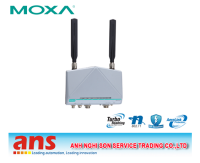



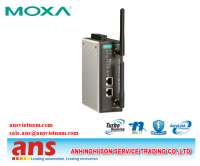





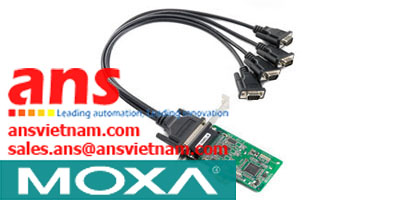



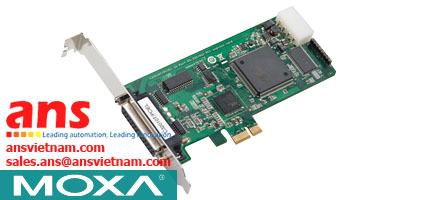















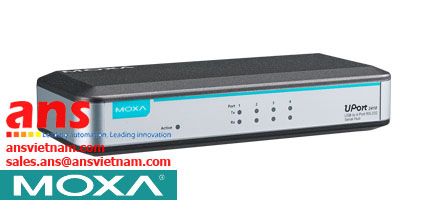
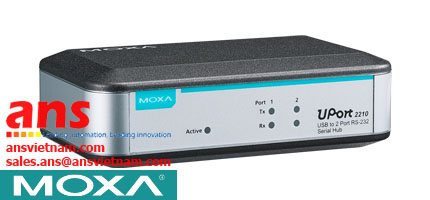





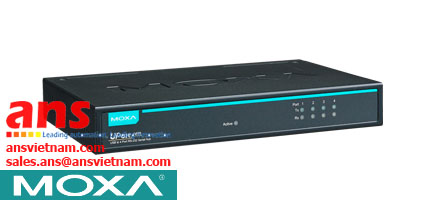


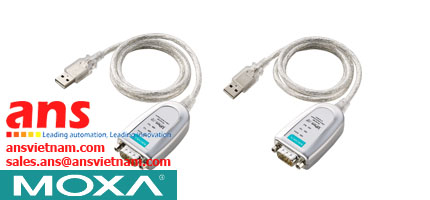





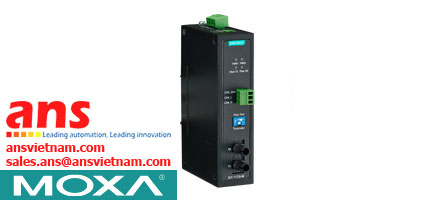






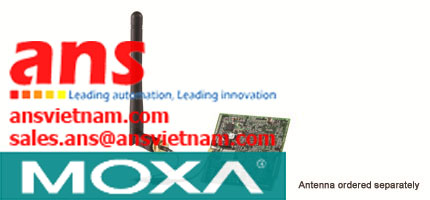












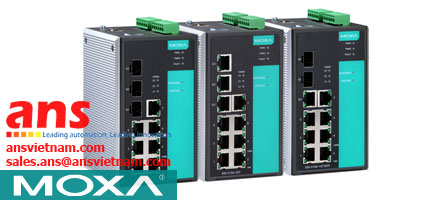



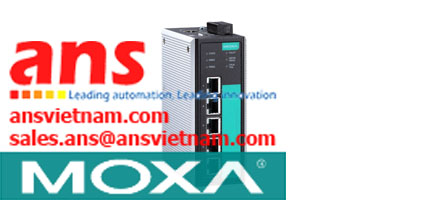







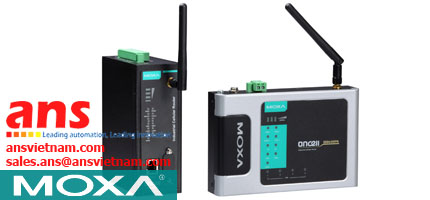

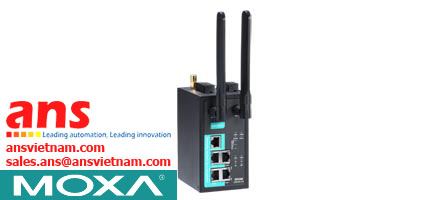


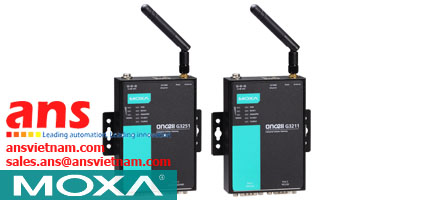










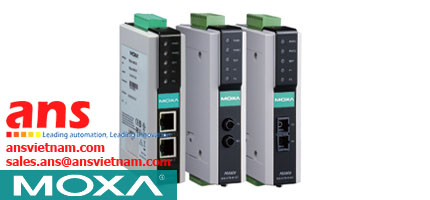










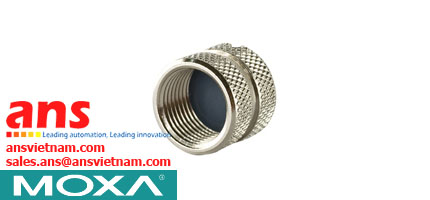
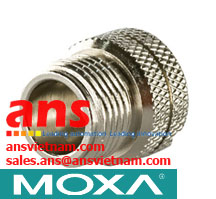






















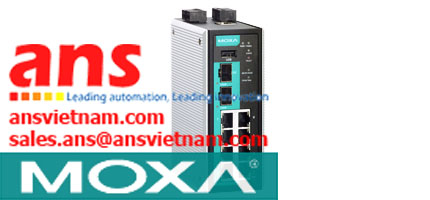

















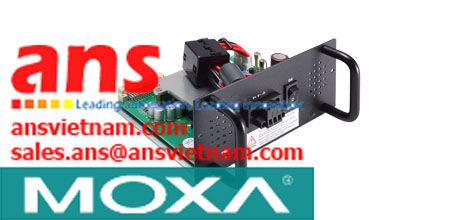



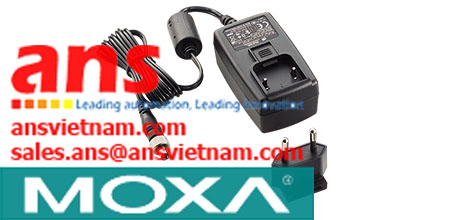





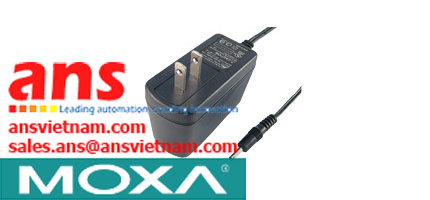










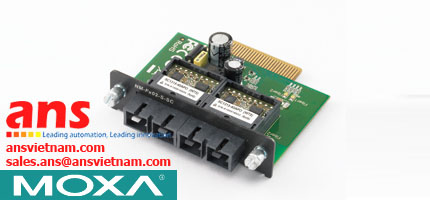







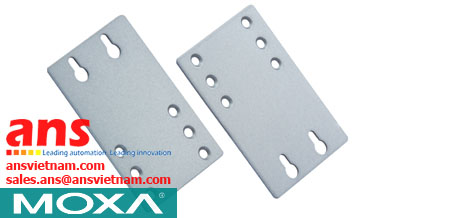












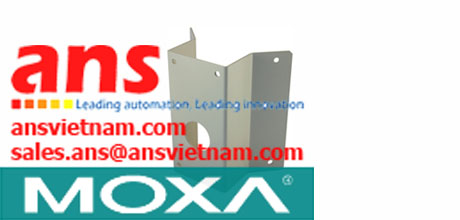









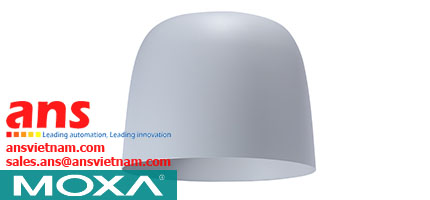









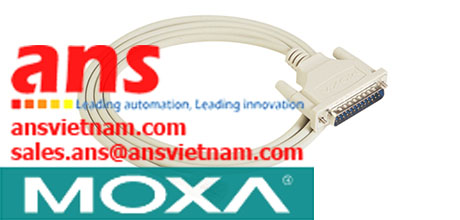






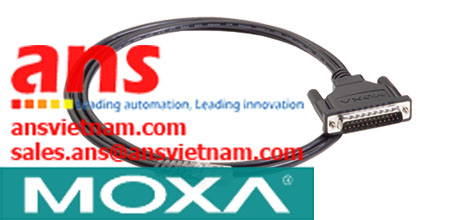





















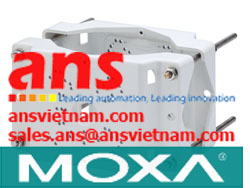
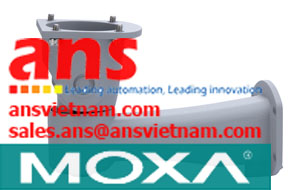



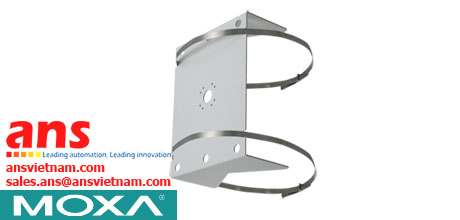












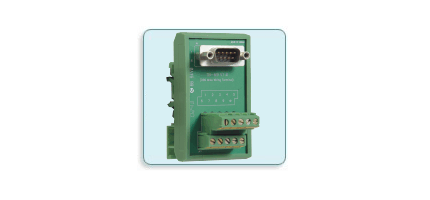
































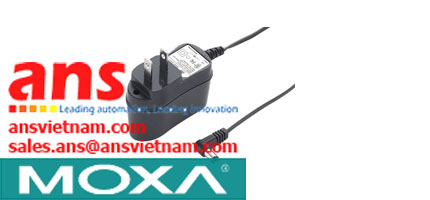
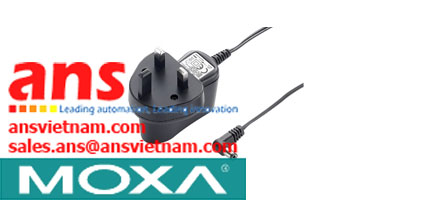







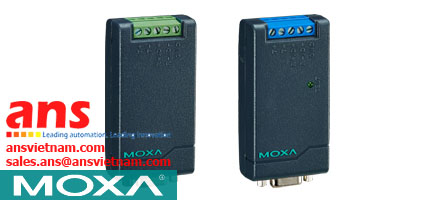





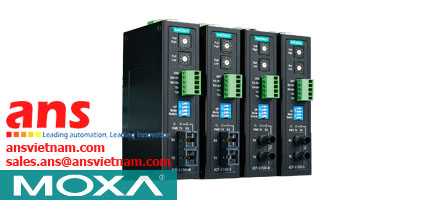












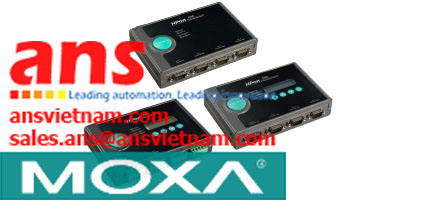




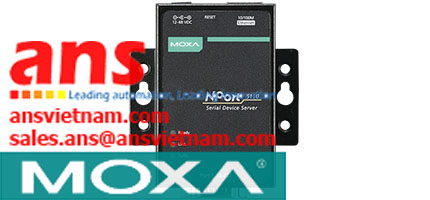

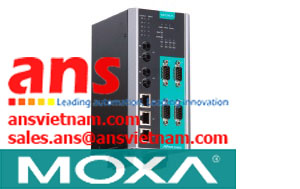







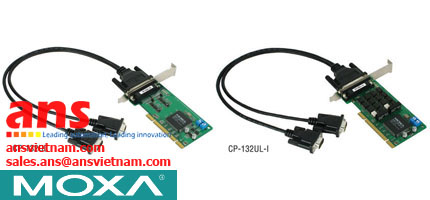











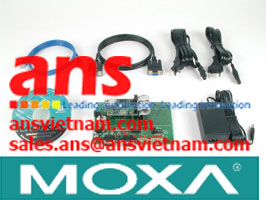










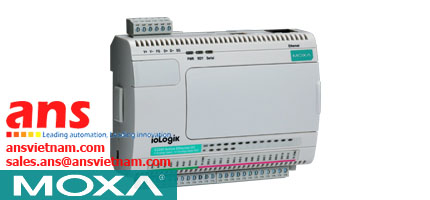



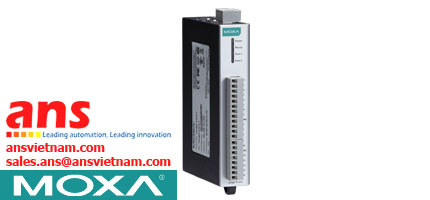


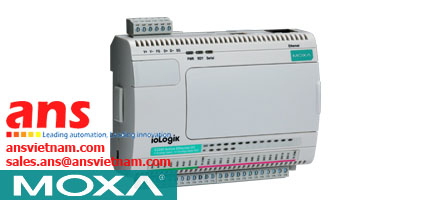

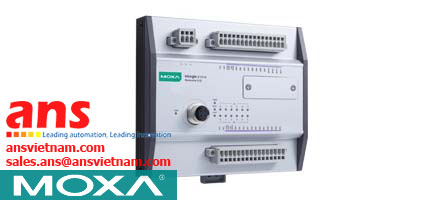







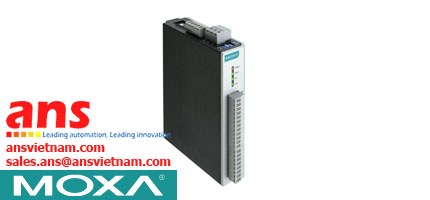




















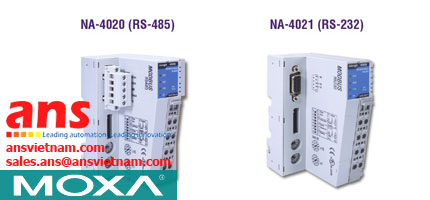


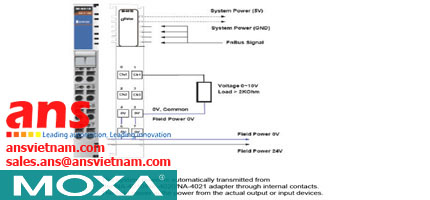
































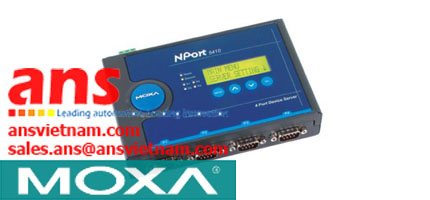


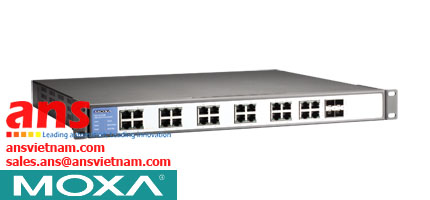




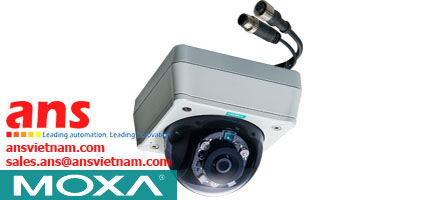









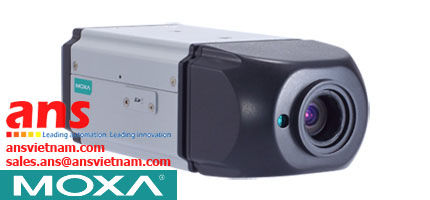


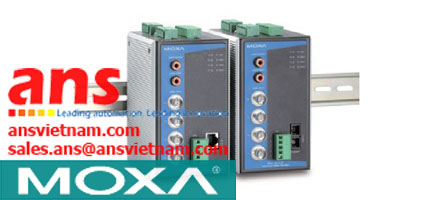












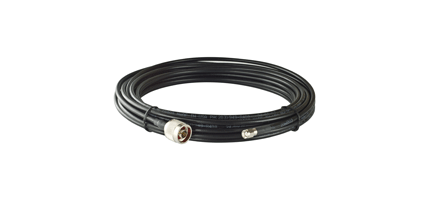
















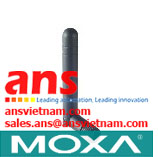



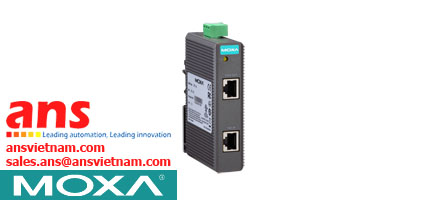


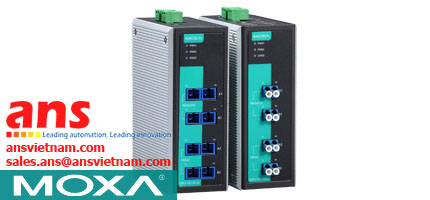




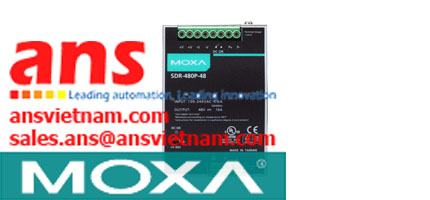




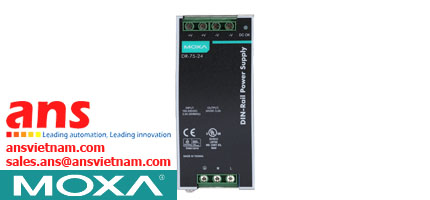




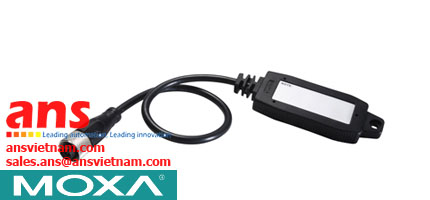






















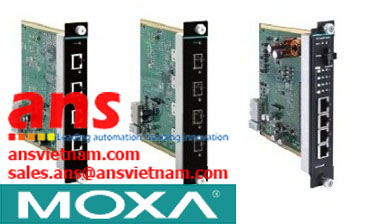






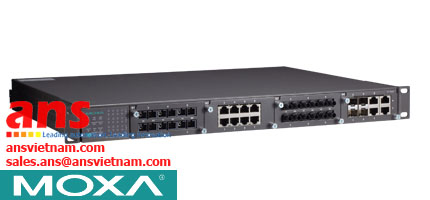

























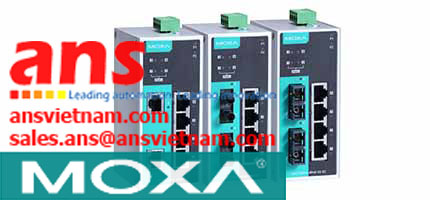












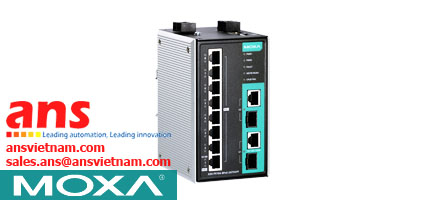


























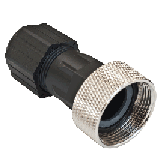

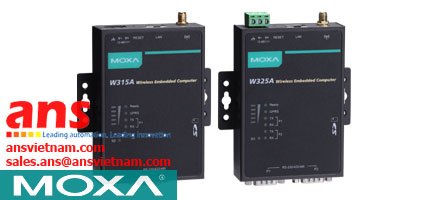

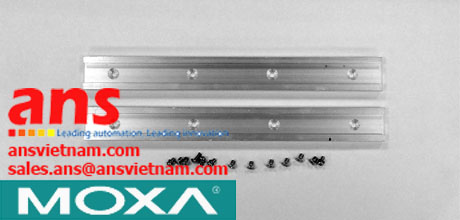




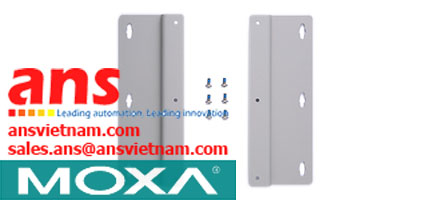











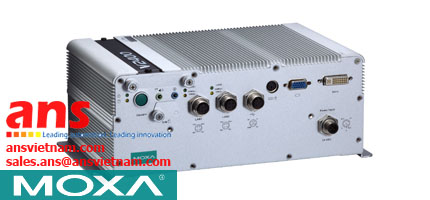





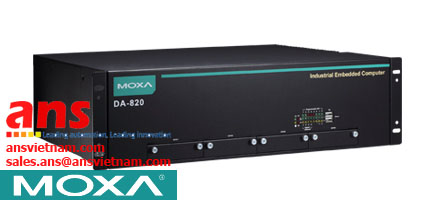
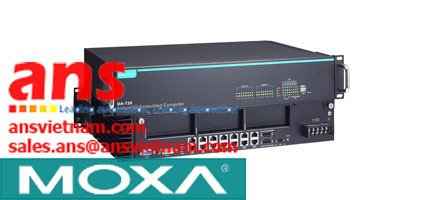
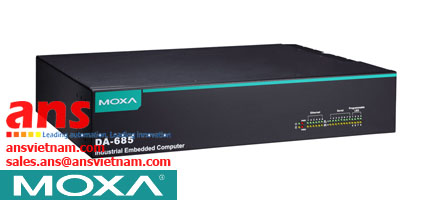






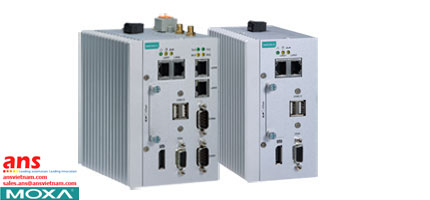


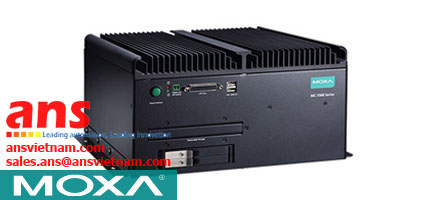
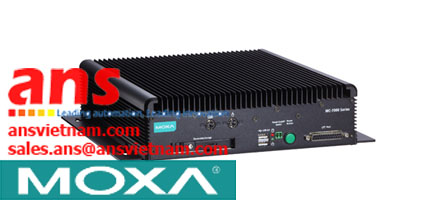










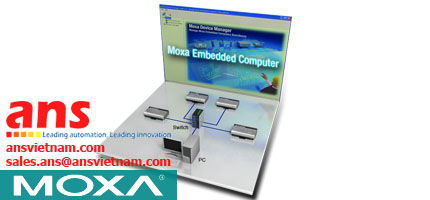


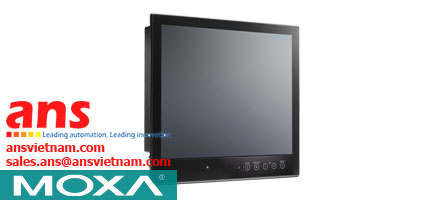

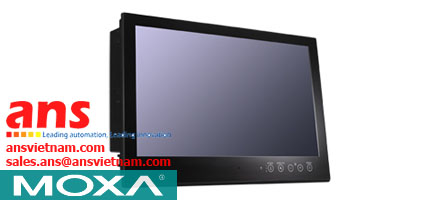

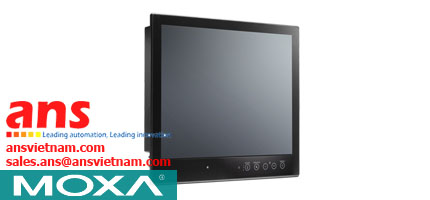









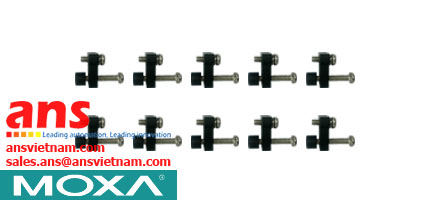









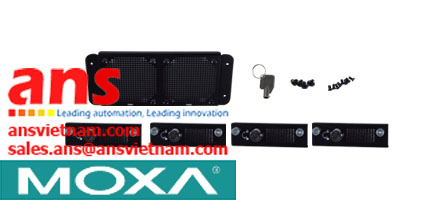

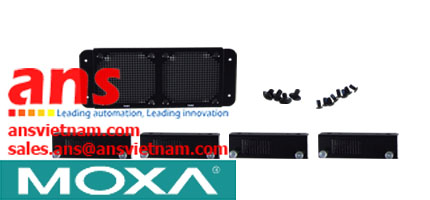






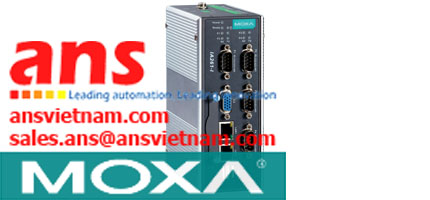









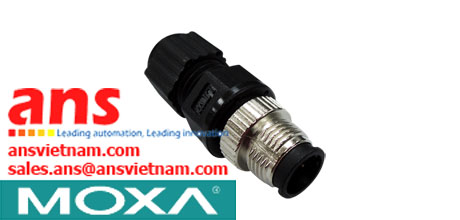




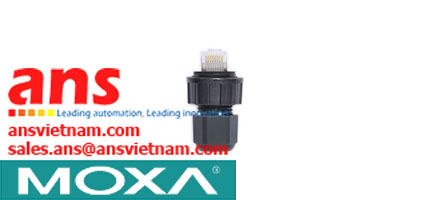
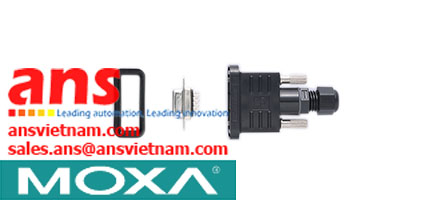

![Cables-CBL-M12[FF5P]-OPEN-100-IP67-Moxa-vietnam.jpg](/Images/products/thumb/Cables-CBL-M12[FF5P]-OPEN-100-IP67-Moxa-vietnam.jpg)









